The intersection of cultural flows
Talking about Ho Chi Minh City is talking about a dynamic, modern city, but at the same time it is also talking about an open, converging, and unified cultural space - a place that clearly reflects the image of a Vietnam that is growing strongly, but still does not forget its roots and identity.
Right from the early days after liberation, Ho Chi Minh City had a special social structure - a place where millions of people from all over the country lived together. They brought with them different customs, beliefs, languages, habits, cuisines..., creating a rich and diverse cultural picture. That, along with the special geographical location and open tradition of the Southern land, made Ho Chi Minh City soon take shape as a typical multicultural city - not only a place of exchange, but also a place of convergence and diffusion. The voices, costumes, dishes, and behaviors of the Northerners, Centralers, and Southerners blended together to create a very unique "Saigon quality" - affectionate, liberal, dynamic, and tolerant.
Cultural development in Ho Chi Minh City is not separate but closely linked to the daily lives of the people. From the Chinese quarters in District 5 and District 11 to the Cham quarter in District 8, from the old collective housing areas in Tan Binh to the modern apartments in District 7, everywhere there are distinct but not contradictory cultural features. Culture is not limited to theaters or museums, but is the breath of the city - present in every art cafe, every street performance, every reading group, sketching, pottery making, learning to play traditional music...
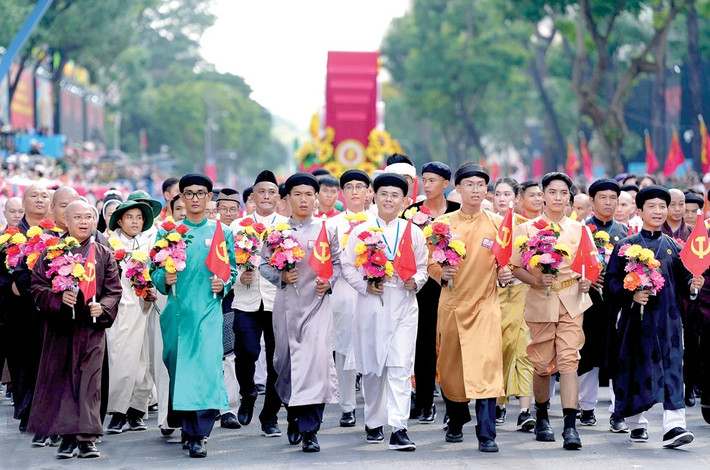
Constantly adapting and moving, Ho Chi Minh City has positioned itself not only as a multicultural city in form, but in essence as an open cultural space, where values are received, selected and transformed to suit the spirit of a modern city. It can be said that it is the multicultural characteristic that has created a special internal force for the comprehensive development of Ho Chi Minh City. It is diversity not only in cultural nuances but also in ideas, lifestyles, thinking and innovation capacity. This city constantly renews itself, because within it there is always collision, interaction and natural acceptance of different values, in order to break through and take the lead.
From a cultural perspective, Ho Chi Minh City is the place that best reflects the spirit of unity in diversity of the whole country. There, the past and the present coexist, traditional values and modern creativity coexist; where every citizen, no matter where they come from, finds a part of themselves in the life of the city - to be accepted, to live authentically and to contribute to a common identity.
Local identity blends national spirit
A city can only truly have depth and identity when culture is not only present in books, museums or theaters, but must become a part of community life. For Ho Chi Minh City, this is not only a policy orientation, but has become a vibrant, rich, and creative reality, through community cultural models nurtured by the people in each neighborhood, ward/commune.
The movement “All people unite to build a cultural life in residential areas” was deployed early in Ho Chi Minh City, becoming one of the leading localities in the country to form a healthy and progressive grassroots cultural environment. Through many stages of development, models such as Cultural Family, Cultural Neighborhood, Cultural Quarter, Grandparent-Grandchild Club, Ward-Commune Cultural House, Community Reading Space... have been constantly renewed, expanded, and most importantly, linked to the needs of the people.
In Binh Thanh District, the “Zero Waste Club” model is not only an environmental activity but has become a cultural feature of civilized urban behavior, where households work together to keep the alleys clean and beautiful, share trees, and teach children the habit of saving and living green. In District 4, the “Zero Waste Street” model was then upgraded to a “Green - Clean - Beautiful” neighborhood combined with street art performances every weekend, both raising community awareness and bringing a rich spiritual life to residents in old apartment buildings.
In residential areas with a large number of migrant workers, the model of “Self-managed cultural and safety groups” has helped create a close-knit community, sharing and supporting each other from studying to health care, from sports activities to organizing Mid-Autumn Festival for children. The active participation of the people is the factor that makes these models vital. Community culture is not “imposed”, but “planted” from the needs of the residents .
In particular, in the context of innovation and digital transformation, Ho Chi Minh City is also gradually forming modern community cultural models, such as "Open reading rooms in apartments", "Mobile bookcases in public places", "Digital cultural spaces" in children's houses, community libraries, cultural centers... Here, children can access books, newspapers, information technology, and experience virtual reality about history - right in their residential areas. Folk singing clubs, historical storytelling, folk dancing... not only preserve traditions, but also inspire new generations to follow.
It can be said that from residential groups to cultural centers, from libraries to sidewalks, from high-rise apartments to small alleys - every street corner in Ho Chi Minh City is becoming a vibrant cultural cell, where local identity blends with the national spirit, where culture constantly renews itself to suit the needs of modern people, without losing its traditional roots. It is these models, quietly but persistently, that have created a solid foundation for the development of the city - not only a large economic city, but also a large cultural city, with its own "quality" formed from consensus, affection and creativity in the community.
Harmony between development and preservation, between innovation and identity, between speed and depth - that is the great lesson that Ho Chi Minh City has been bringing to the whole country over the past half century. And more than that, it is also a valuable asset for the city to continue affirming its pioneering role in the journey to build a strong, humane, modern and deeply-identified Vietnam.
Culture does not come after development, but is the foundation for sustainable development. Ho Chi Minh City, with its cultural identity, has proven that - quietly but strongly, persistently but creatively, and rich in humanity like the people here.
Source: https://daibieunhandan.vn/thanh-pho-ho-chi-minh-nang-dong-nghia-tinh-post411876.html


![[Photo] Bustling construction at key national traffic construction sites](https://vphoto.vietnam.vn/thumb/1200x675/vietnam/resource/IMAGE/2025/5/2/a99d56a8d6774aeab19bfccd372dc3e9)

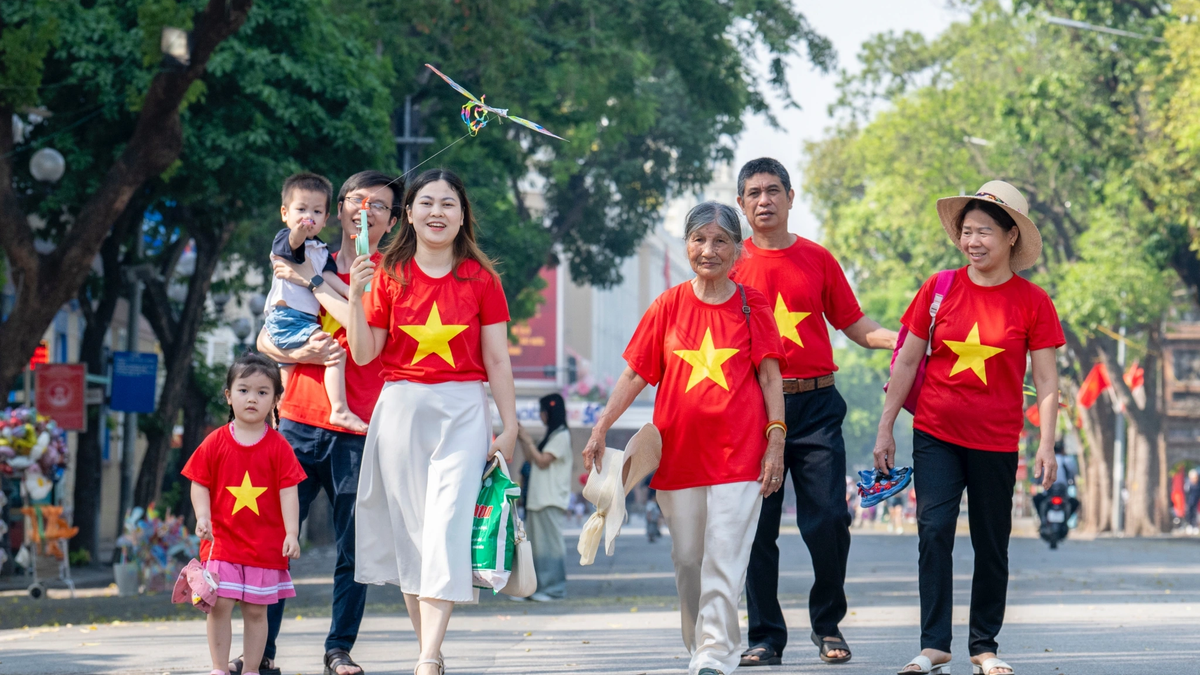

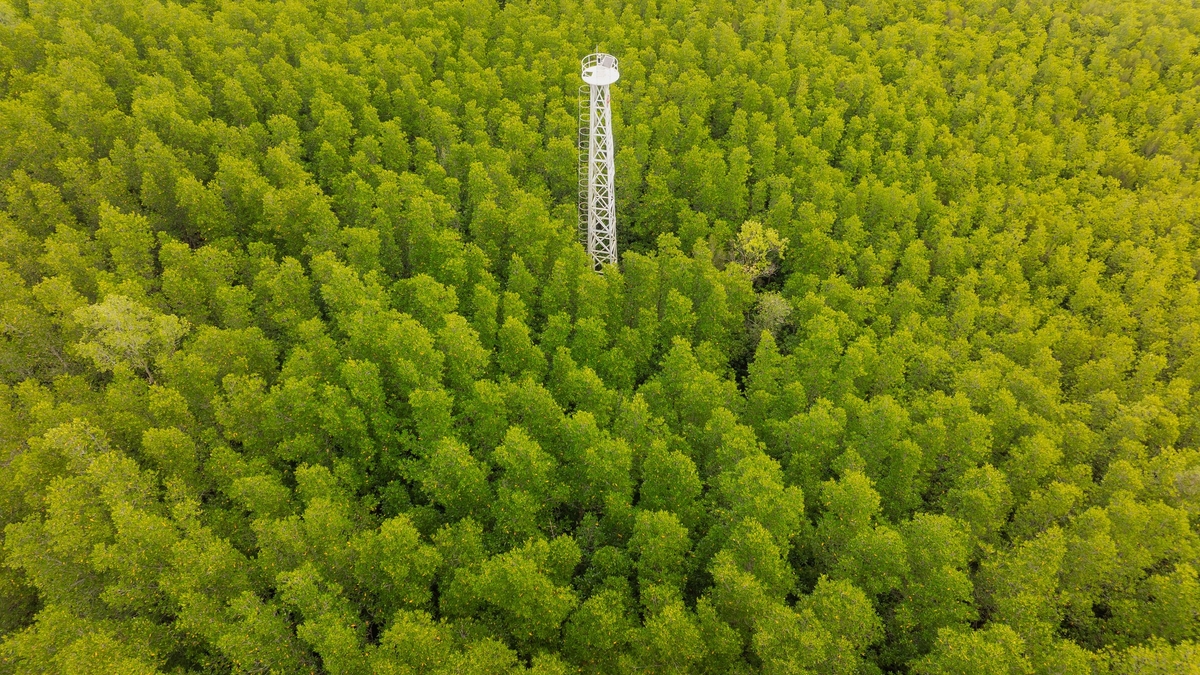

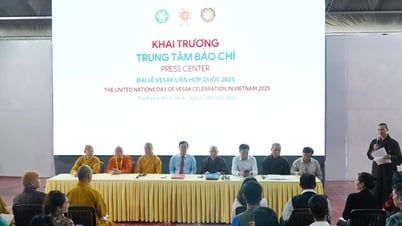

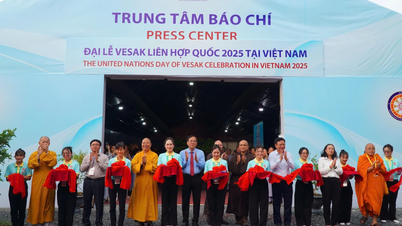
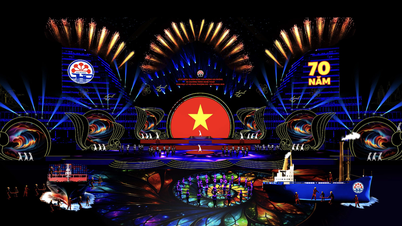
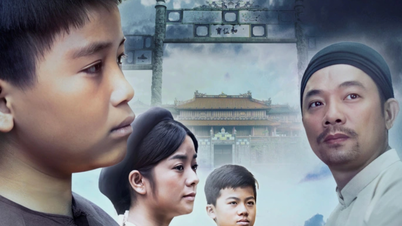

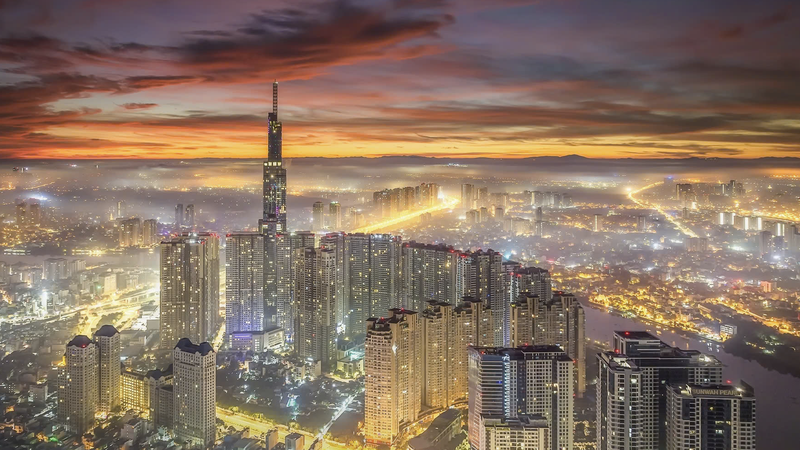







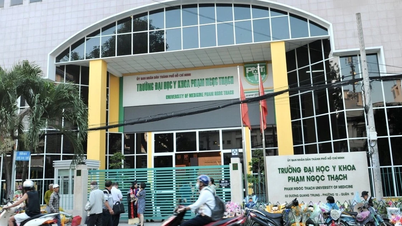

![[Photo] "Lovely" moments on the 30/4 holiday](https://vphoto.vietnam.vn/thumb/1200x675/vietnam/resource/IMAGE/2025/5/1/26d5d698f36b498287397db9e2f9d16c)
![[Photo] Binh Thuan organizes many special festivals on the occasion of April 30 and May 1](https://vphoto.vietnam.vn/thumb/1200x675/vietnam/resource/IMAGE/2025/5/1/5180af1d979642468ef6a3a9755d8d51)
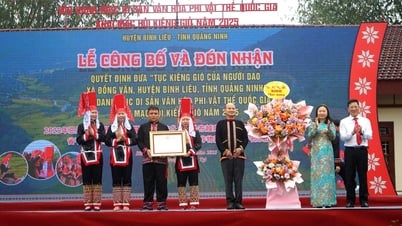



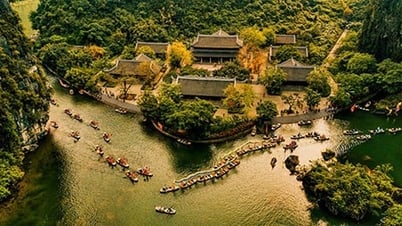

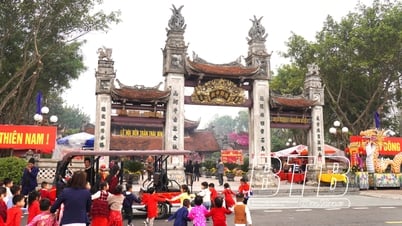










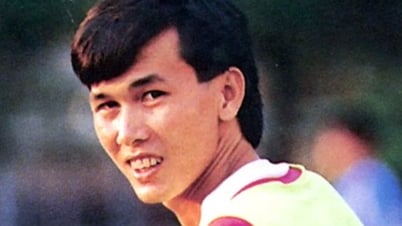



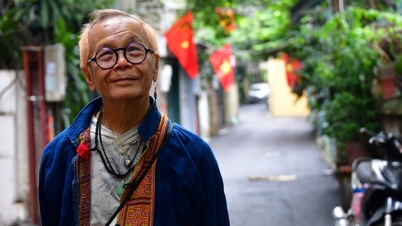









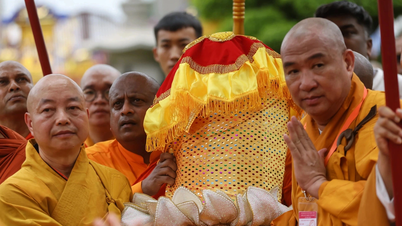




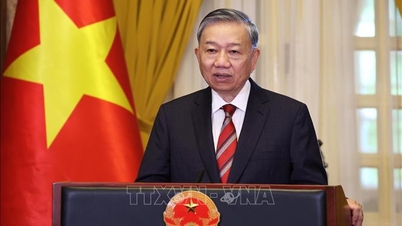












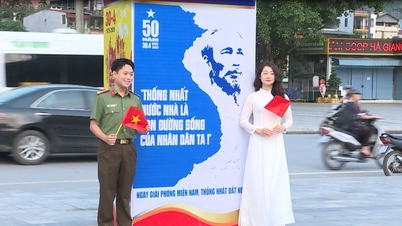

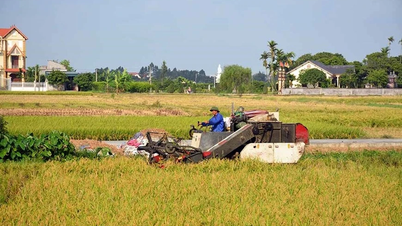

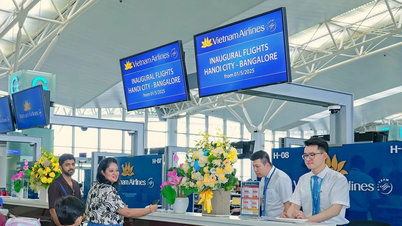




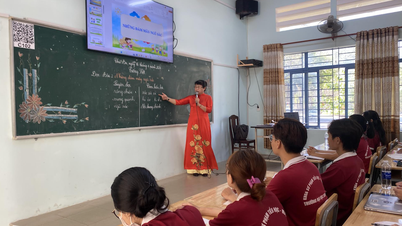


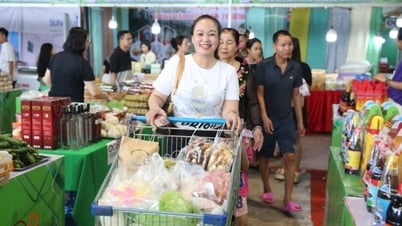

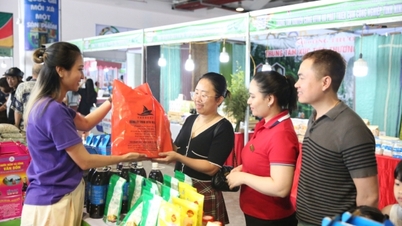



Comment (0)